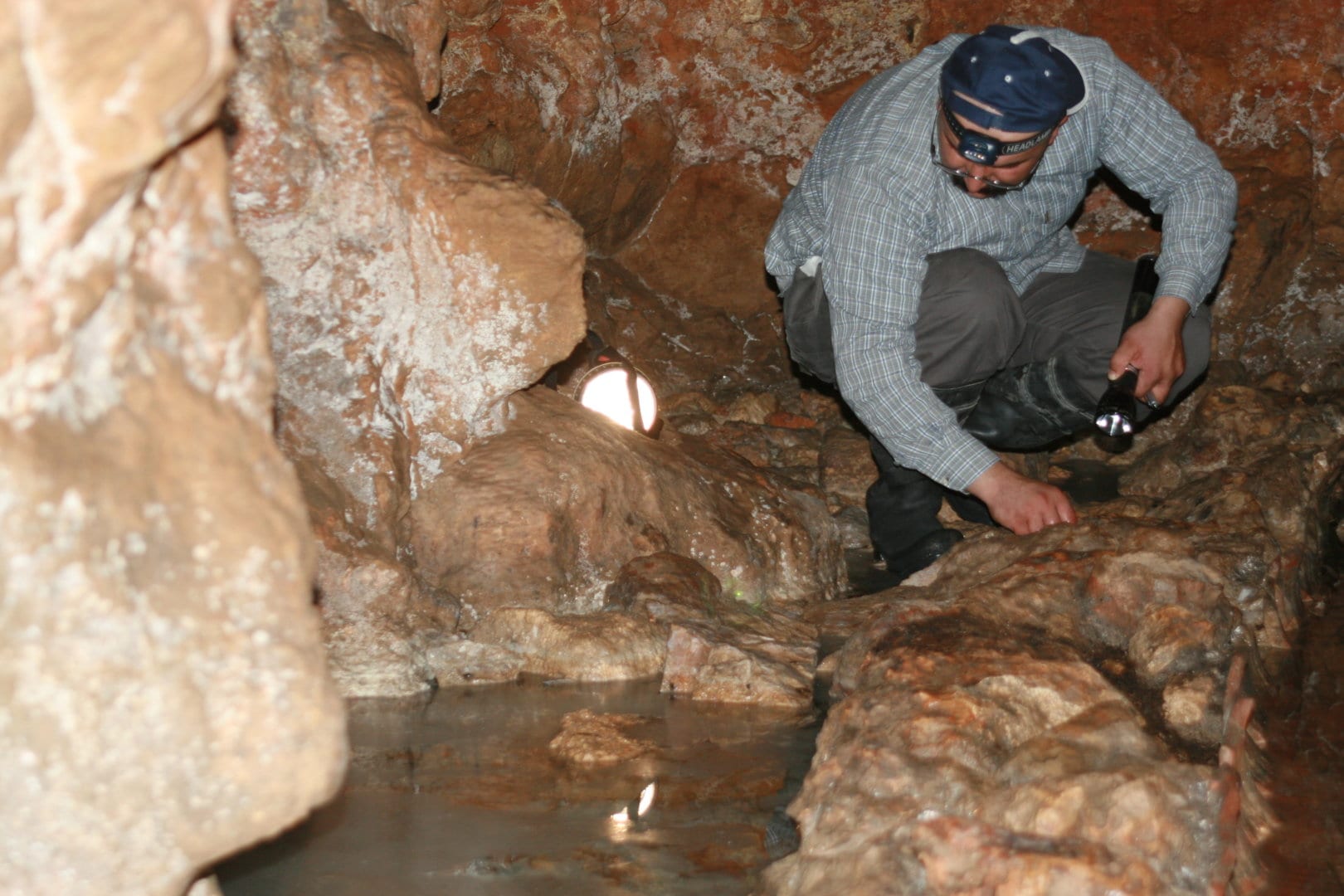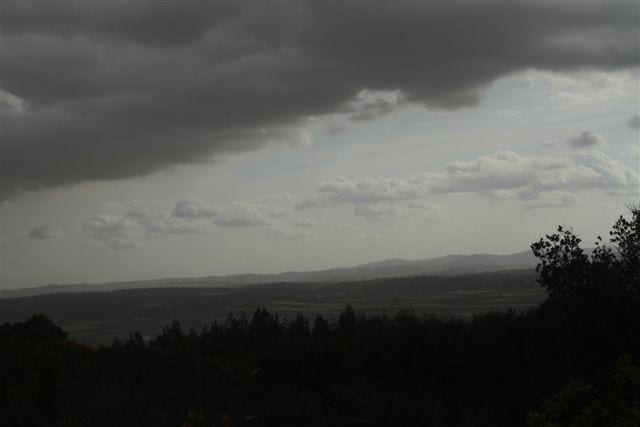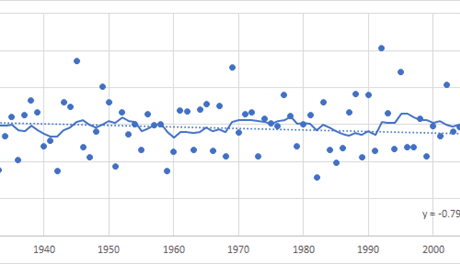Hydrology and Climate
Global climate change predictions for the Mediterranean regions forecast a rise in temperatures (4°-5° in summer, 2°-3° in winter), a decrease in the quantity of rainfall (up to 20%) and a serious increase in drought frequency (IPCC 2007, 2080). As access to water becomes scarce, a deceleration in tree growth is expected as well as the death of trees. These symptoms of climate change have already been documented in many regions with Mediterranean climates. As such, Ramat Hanadiv is closely tracking the effects of climate change in order to monitor the changes in climate and flora and to safeguard existing vegetation. Monitoring is also being done to learn about the connection between access to water and the structure and operation of the ecological system in Ramat Hanadiv.





